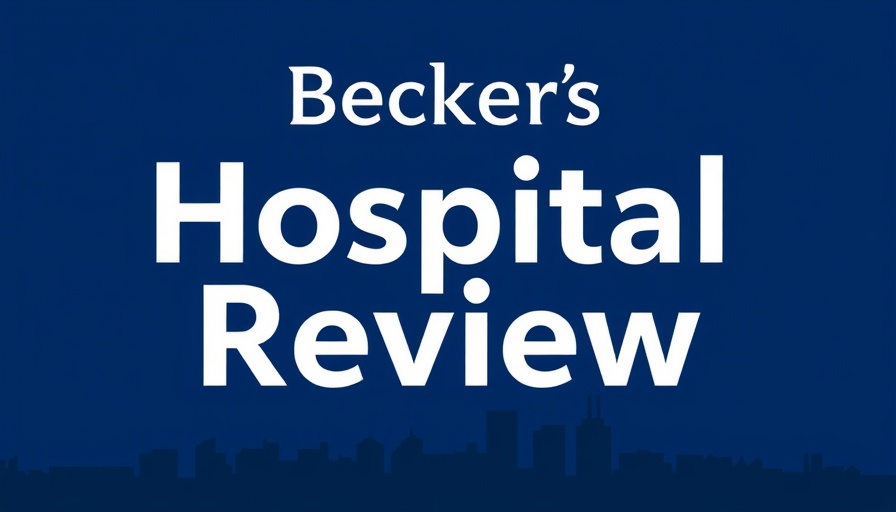
Mayo Clinic Care Network's Expansion: A New Era for Health in Europe
In a remarkable move that stands to elevate patient care across the continent, the Mayo Clinic Care Network has welcomed the Swiss Medical Network as its first partner in Western Europe. Based in Genolier, Switzerland, this integration marks a significant milestone in Mayo’s global outreach, connecting over 45 medical institutions committed to enhancing healthcare outcomes worldwide.
The Role of Swiss Medical Network in Improving Patient Care
By joining forces with the Mayo Clinic, the Swiss Medical Network is set to enhance its preventive care programs, bolstering the quality of service provided to patients. This collaboration will provide Swiss Medical Network with privileged access to Mayo Clinic’s extensive resources and expertise, ensuring that healthcare professionals can consult on complex cases. In an era where telemedicine and remote therapeutic monitoring are increasingly essential, such affiliations suggest a stronger shift towards integrated care solutions.
Enhancing Healthcare Outcomes through Collaborative Efforts
The partnership aims to amplify nursing education and stimulate research efforts within the Swiss Medical Network, ultimately leading to improved patient engagement and overall health improvement. With Mayo Clinic’s backing, Swiss providers can explore innovative practices, including expanding their digital capabilities through healthcare automation tools to optimize medical office workflows.
The Vision: Global Standards in Local Healthcare
This collaboration signifies a broader trend where local institutions partner with global networks to raise healthcare standards. By leveraging advanced practice automation and patient engagement tools, the Swiss Medical Network aims to enhance operational efficiency and patient care delivery. These efforts are further supported by initiatives that align with Medicare-backed services, designed to ensure more comprehensive patient care at both local and international levels.
Challenges and Opportunities in Integrated Care
While the partnership presents excitements and opportunities, implementing these collaborative strategies may not be without challenges. Healthcare compliance and navigating insurance underpayments will remain pivotal concerns as healthcare systems evolve. It’s crucial for independent practitioners and networks to consider these factors carefully as they explore new opportunities for revenue optimization and practice efficiency solutions.
Future Predictions for Global Healthcare Collaborations
The future of healthcare looks promising as networks like Mayo Clinic continue to expand globally. By sharing knowledge and resources, these institutions aim to cultivate an environment of continuous improvement. As independent pharmacies, direct primary care doctors, and rural health clinics examine the benefits of such networks, they must remain proactive, ensuring a solid understanding of the implications, from Medicare reimbursement to senior care solutions.
Insights for Small Practices and Independents
For independent providers, the partnership between Mayo Clinic and Swiss Medical Network illustrates a growing model of collaboration that can lead to enhanced practice automation and improved patient outcomes. With the rise of voice AI agents and telehealth revenue opportunities, this partnership is a reminder of the importance of adapting to new technologies and methodologies to remain competitive in a rapidly evolving marketplace.
Conclusion: Embracing Change for Better Care
As the healthcare landscape is continually reshaped by innovations and collaborations, it is paramount for all healthcare professionals, including independent pharmacy owners and community pharmacists, to be attuned to these developments. The connection between Swiss Medical Network and Mayo Clinic is not just about expanding patient care; it is about paving the way for a future where healthcare is more interconnected and accessible. Adopting this model could lead to transformative changes in how care is delivered globally.
 Add Row
Add Row  Add
Add 




Write A Comment